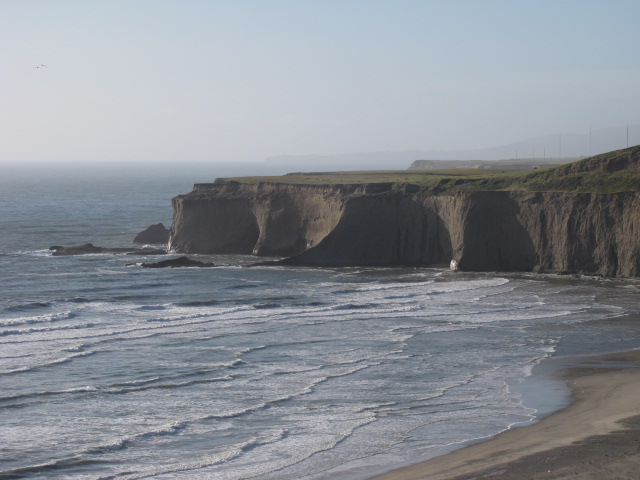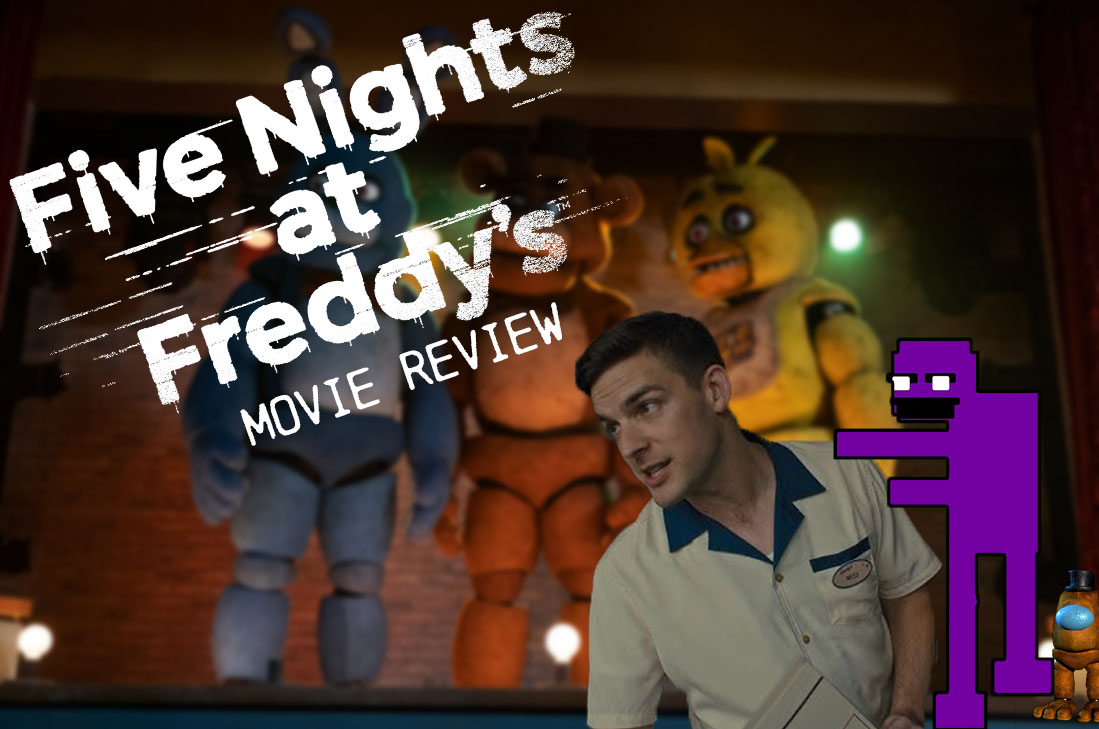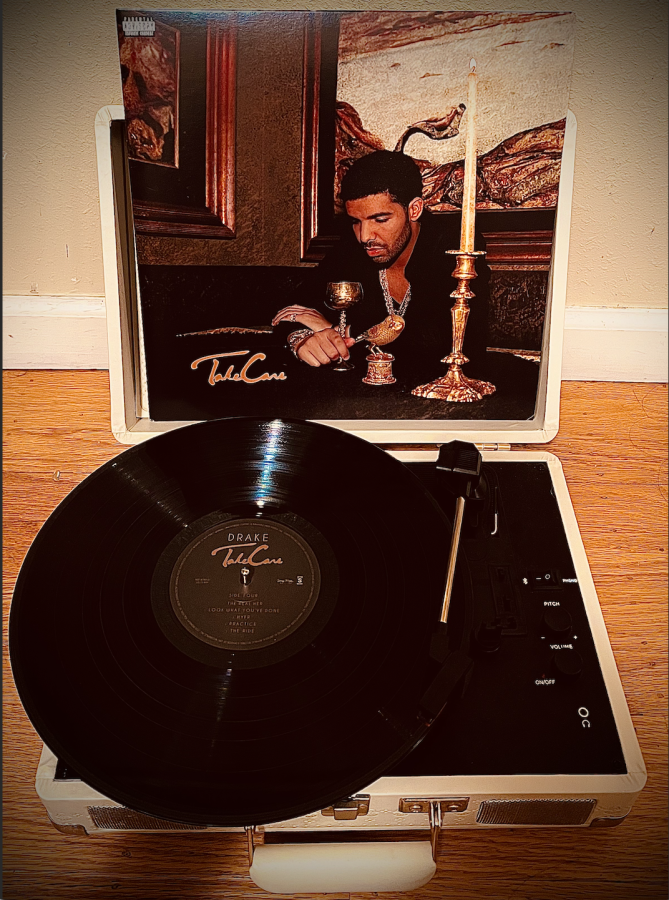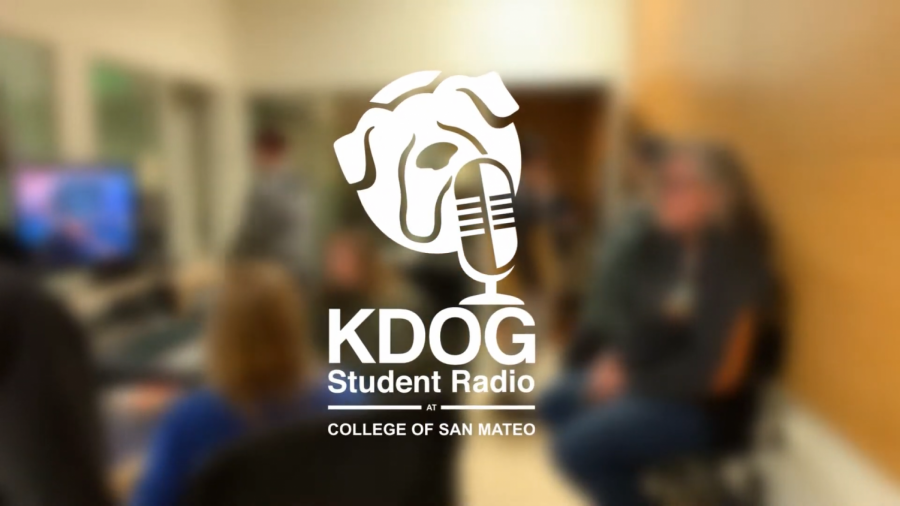Driftwood, sheer cliffs, and a flat coastline are what make San Gregorio State Beach stand out from the others.
During low tide, the beach stretches roughly three miles—starting from the northern end all the way to the southern from its main entrance, making it the perfect place to go running or exploring.
Walking between sheer crumbling cliffs and the constant rolling Pacific Ocean is quite a sight. The beach strip widens and shrinks on the journey south. When tides permit, San Gregorio connects to other mysterious cove beaches—Pompino and Pescadero, respectively.
To the north, the beach is wider with more shrubbery. But at the very end, the headland juts out and makes it impossible to continue without a kayak or unless you have the capability to do the breaststroke with the strength of an Olympic swimmer.
The shape of the cliffs is interesting because they are concave, and everywhere else they are jagged and vertical.
When the day is clear, contours of succeeding headlands and coastlines contrast strongly in the distance from both directions. However, when the fog and mist roll in, depth perception is obscured.
This confusion is actually an attribute of the beach—the further away from the entrance, the more secluded and mystical the seaside becomes.
For example, the cliffs seem to come alive with personality. Their silence is loud; they are stoic, and they are looming as they look out far into the horizon.
The main entrance is located where the cliffs break—some as high as two telephone poles—and where a lagoon cuts through it leading to the ocean. The lagoon, which looks more like a winding stream, is home to the anadromous steelhead trout.
Surrounding the lagoon is where piles of driftwood accumulate. The dry, oddly shaped logs call attention away from the scenic beach, but ambitious beach goers have made use of the wood by building small forts. The result is a fairly clean beach with many tepee-style huts.
This beautiful beach is located 10 minutes south of Half Moon Bay along U.S. Highway 1, and a 45-minute drive from Skyline College. While it is far for most Skyline students, it is worth the wait since half the fun is driving there.
Skyline connects to Sharp Park Road, which leads to Pacifica. After Pacifica is a windy road called Devils Slide, then several smaller coastal towns—which you can easily gauge by the number of gas stations and stoplights—until Half Moon Bay. This is where civilization peaks and then completely drops off the radar.
After passing Miramontes Road, there is not one stoplight for 45 miles, only rolling hills and agriculture.
During this stretch of highway the driver will pass groves of cypress and eucalyptus trees, natural marshes, artichoke and brussels sprout farms, and the Ritz-Carlton Half Moon Bay.
On weekends, vendors open to the public selling strawberries, cherries, artichokes, and honey amid other locally grown food. Vendors alert potential customers with hand painted apex signs of brightly colored fruit and honeybees placed every few yards on the side of the road.
The turnoff for San Gregorio Beach is the first right turn after the San Gregorio and Highway 84 exit. The beach is easy to find and the signs are plainly visible. Like all California state beaches, it opens at sunrise and closes at sunset, plus it has four hole-in-the-ground bathrooms stocked with ample amounts of toilet paper.
Parking on the premise can be expensive at $8 for adults and $7 for senior citizens. During the week, there are usually no rangers to enforce the parking fee.
The state beaches further south including Pomponio, Pescadero, and Bean Hollow, have more of a chance to be ranger-free because their parking lots are a lot smaller.
While we are on the verge of summer and there is promise for sunny skies on the southern coast, San Gregorio State Beach is a great way to celebrate the end of finals and recuperate from the spring semester.










